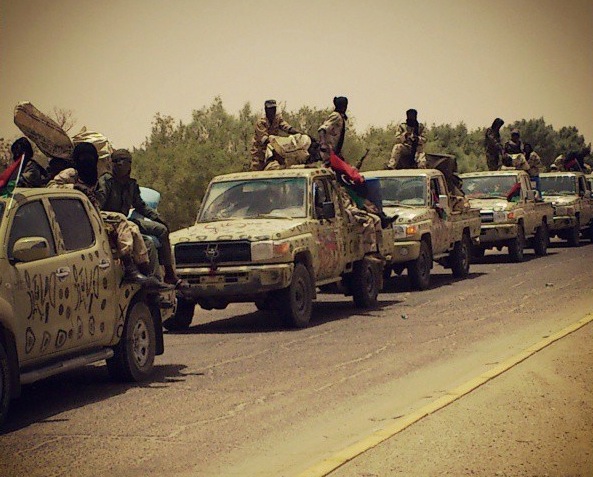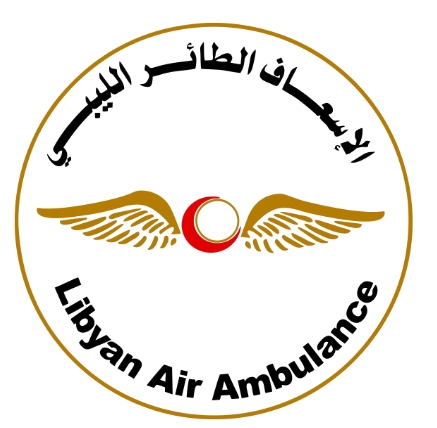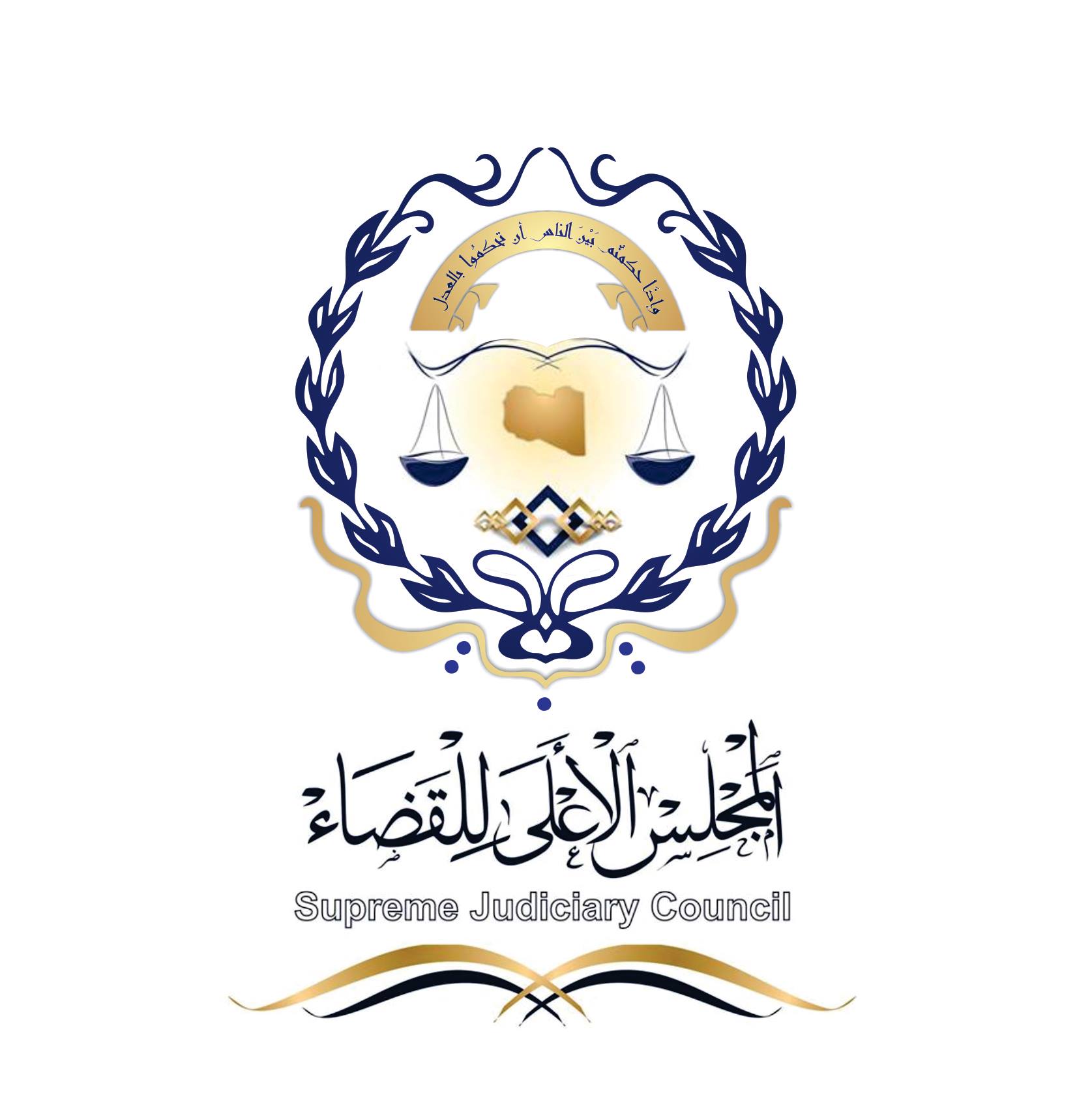By Jamel Adel.

Kufra, 10 September 2014:
Militia units from the southeast and southwest of the country are heading to Benghazi to join . . .[restrict]Operation Dignity forces in the war against Ansar Al-Sharia and the Libya Shield brigades.
The army units being deployed to Benghazi are mostly Tebus from Kufra and the south west of the country but also include Arabs from Murzuk.
“Some of the army units based at the Sarir oilfield and others from Murzuk have left to join and support the Libyan army’s fight against Ansar Al-Sharia and the Shields in Benghazi,” a leading officer in the Tebu armed group told the Libya Herald. He asked to remain nameless .
The Tebu 25 brigade based at the Sarir oilfield some 450 kilometers north of Kufra has officially given its support to Operation Dignity which launched its war on the Islamists and their allies in June.
The two largest Tebu brigades in the southwest, Desert Shield and the Martyrs of Um Aranib, also announced their support for Operation Dignity at much the same time.
“The army units who are being deployed to Benghazi are mostly Tebus but some are Arabs from the Murzuk military defense zone,” the officer said. He was keen to point out that, unlike the militants, all of them were trained army personnel who had served as border guards and land forces even before the revolution.
Despite requests from the Libya Herald as to the numbers of men planning to join in the fight against Ansar in Benghazi and the scale of armaments to be used, the officer remained guarded. “I couldn’t tell. But it is something like 300 soldiers for now, and could definitely increase to far more.”
Tebus took the lead in the revolution in 2011 in the south of the country, largely because of discrimination and persecution by the Qaddafi regime. Since the, however, there have been a number of deadly clashes between Tebu militias and their Arab counterparts.
The number of Tebu brigades in Libya is unknown. However, they wield considerable practical power given their role as protection forces for a significant number of oilfields across the country. It is estimated that those fields account for 65 percent of the country’s oil production.
In the southeast, they are based at one the country’s oldest and largest oilfields, Sarir, and its attached facilities. In central Libya they are at the Ghani, Sabah and Naga oilfields near Zelah while in the southwest, they can be found at the massive El Fil (Elephant) oilfield and the Sharara field, the third largest in the country. [/restrict]









